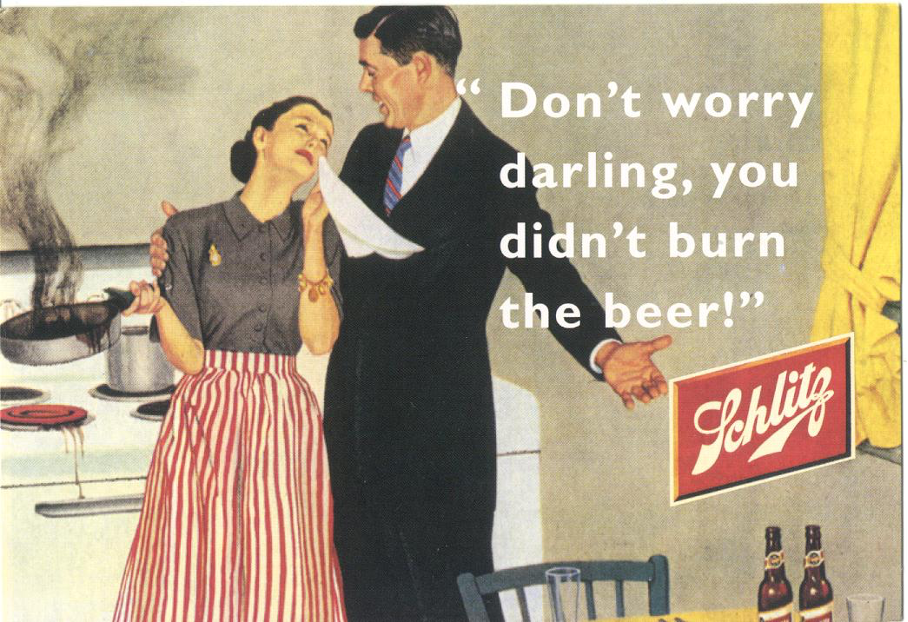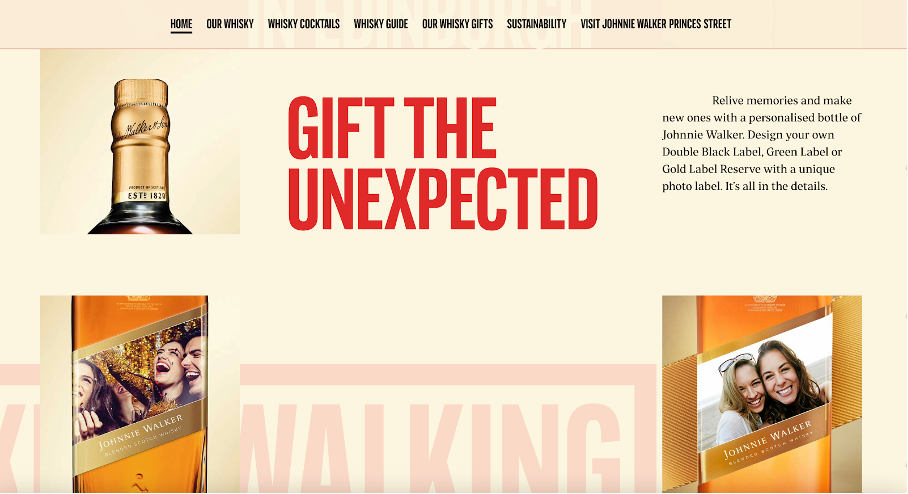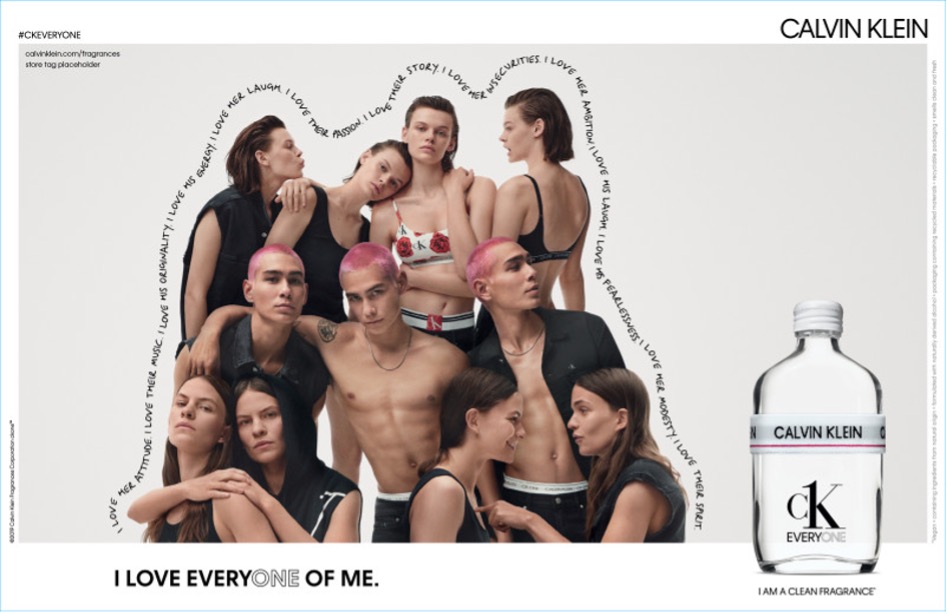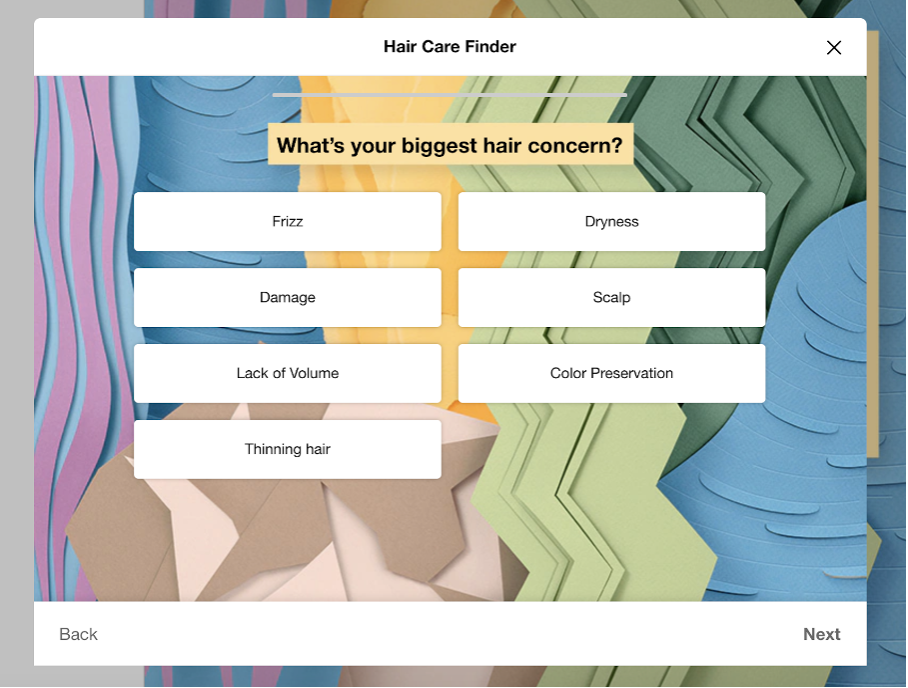- Blog
- Gender Differences in Advertising Between Men and Women: Do Gendered Advertisements Help or Hurt?
Gender Differences in Advertising Between Men and Women: Do Gendered Advertisements Help or Hurt?
-
Nikolett Lorincz
- Marketing
- 6 min read
Table of Contents
Today, the advertising industry is trying to navigate the changing norms surrounding gender bias and sexuality within consumer culture.
Gender equality is becoming an increasingly important factor when it comes to how consumers perceive marketing messages and make purchase decisions.
While it used to be common for marketers to exclusively target one gender in their ads, today’s most innovative brands are moving away from that.
In this article, we’ll take a look at how you can create marketing campaigns that aren’t based on gender differences to avoid reinforcing harmful gender stereotypes.
Let’s dive in.
What is gender marketing?
Gender-based marketing means that you divide your target groups into men and women, then craft your messages based on assumptions about male and female consumers.
For example, gendered marketing would include selling pink clothes for girls and blue clothes for boys.
Another example is the way that women’s skincare products are typically packaged in lighter colors, while men’s packaging uses deep shades of black, gray, or navy blue.
These marketing stereotypes have a long history. Check out the ad below, from the ‘50s, which shows men and women in stereotypical gender roles.

Does gender-based marketing help your sales?
Basing your ads on outdated gender role clichés won’t bring your brand success in 2022.
Although advertisers might believe that consumers are still more receptive to products that are tailored to their gender, these assumptions are not true anymore.
There are 2 big reasons:
- Traditional gender roles are blurring. In the past, men were the breadwinners in the family and women took care of all the household chores. Today men and women often split the housework as both of them have jobs and earn money. This means that messaging based on gender stereotypes is less relevant to modern consumers.
- The youngest generation of consumers disputes the binary classification of gender. A recent survey revealed that 50% of millennials consider gender to be a spectrum. For these consumers, basing marketing messages on gender stereotypes can actually be offensive, which will negatively affect perceptions of your business.
These shifting attitudes within consumer culture should have an impact on your advertising strategy. You’ll have to abandon some of your assumptions and use different decision-making processes when preparing a marketing campaign.
In the rest of this article, we’ll show you exactly how to do that!
How can marketers stop focusing on gender roles?
It’s common sense in the advertising industry that the more you tailor your messages to a specific segment of consumers, the more successful they will be.
But given that customers (especially the younger generation, as we mentioned) have become less receptive to gendered marketing, how can marketers ensure that their messages reach a small, well-defined customer segment without relying on gender?
The answer lies in using variables other than binary gender to segment consumers. For example, many toy stores categorize toys based on age, product category, and brand instead of defining them as “for boys” versus “for girls.”
See this example from Toysrus.com below:

By sorting their inventory according to other factors, Toys R’ Us actually manages to create segments that are more useful to consumers!
Let’s have a look at a few other brands that embrace gender-neutral marketing.
Brands that embrace gender neutrality
Johnnie Walker used to be a heavily male-focused brand, but they’ve come to realize that women also love whiskey.
In recent years, they’ve begun to feature more women in their marketing campaigns and on their website.

Harley Davidson, another traditionally “male” brand, also realized that many motorcycle owners are now women, so they feature both men and women on their website.
Ensuring that their website is relatable for a female audience is a way of both recognizing and increasing women’s participation in the world of motorcycles.

Calvin Klein recently launched a gender-neutral fragrance, called “CK Everyone.”
Check out the global, “I Love Everyone Of Me,” campaign for the fragrance, which included different genders to tell a story about the advertised product.

Like Toys R’ Us, Lego also decided to stop labeling its toys as “for girls” or “for boys.”
Instead, the brand’s new website now categorizes suitable products by age, themes, and interests.

Personalize your messages based on interest instead of gender stereotypes
Avoiding personalization based on gender differences doesn’t mean you can’t personalize your website anymore.
In fact, it’s actually an invitation to go beyond mere demographics when personalizing. To do so, you’ll have to collect more sophisticated consumer insights that allow segmentation based on interests, lifestyles, and website behavior.
You can personalize your on-site messages using OptiMonk popups, allowing you to target the right audience with each message.
Let’s see a few examples!
1. Use conversational popups to create consumer segments beyond gender stereotypes
Conversational popups are an opportunity to collect all kinds of data about your customers in a non-invasive way. A conversational popup starts with a question that a site visitor can freely choose to answer or not.
Instead of relying on assumptions about gender roles, you can ask individual customers about what they’re interested in.
Here’s an example of a conversational popup template from OptiMonk:
As you can see, the popup above asks site visitors what region produces their favorite wine (and offers a 10% discount as an incentive for answering). On later stages of the popup, visitors are asked for their email address and given a coupon code.
Conversational popups are extremely valuable because you can use the information you gather to segment your users and deliver tailored advertising messages. For instance, you could create email lists for all the different options and send tailored email content to each segment.
Many ecommerce stores are going even further and using a “quiz concept” to gather information about their customers. Quizzes are popular because they promise to reveal something about a customer after they answer a series of questions.
The quiz below, from Sephora, helps find the best solution for a user’s specific hair care issues.

Recommended reading: 7 Successful Quiz Funnel Examples to Inspire You
2. Deliver relevant product recommendations based on real interests
Another way to personalize your website without relying on gender is by recommending products on your website.
There are a number of ways that you can recommend products that an individual user will be interested in. These include:
- Recommending your most popular products: People of any gender want to have the “in” or “hot” products that everyone else is buying.
- Recommending products from the same category: If a visitor is browsing through a certain product category, they might appreciate being shown some additional options in that category.
- Recommending complementary products: A popular cross-selling tactic is recommending products that go well with the item a person is viewing (e.g. a customer looking at laptops might get recommendations for laptop sleeves).
- Recommending products based on segmentation: If you used a conversational or quiz popup like we discussed above, you can recommend products based on the answers a user gave.
Here are a few of the great product recommendation popups from OptiMonks’s template library:
3. Use different cart abandonment flows for subscribers vs. non-subscribers
Which stage of the customer journey a visitor is at should make a far larger difference to your messaging than what gender they identify as.
The approach you take to visitors who are familiar with your brand and products should be very different from the one you use for new visitors who’ve just discovered you.
You should have two distinct cart abandonment flows (the messaging you send to users who’ve added items to their cart, but are about to close your website without completing their purchase) to target these two segments.
You can assume that site visitors who’ve already signed up for your email list are familiar with your brand. Therefore, they’re more likely to make a purchase than new visitors, which means you can send them both an on-site popup message and an email following up on their abandoned cart.


Users who haven’t subscribed to your email list might need a bigger push to make a purchase. That’s why we recommend capturing their attention before they leave with a significant (but time-limited) discount offer.
Here’s what a cart abandonment popup for new subscribers could look like:

The fact that they only have 15 minutes to use their big discount creates a powerful sense of urgency, encouraging those new visitors to buy now rather than later.
You can collect emails with cart abandonment popups by making an email address required in order to get the coupon code. Even if they don’t end up using the coupon code, you’ve still added a new subscriber to your email list. That counts as a win!
Here are a few of our most popular cart abandonment popups:
4. Tailor the customer experience for returning visitors
If you’ve been collecting data about your visitors, you should put it to good use when someone returns to your site.
Here’s an example of a message regular shoppers would love to see, notifying them about new items you’ve added to your inventory:

Another way to make your customer experience more convenient for your returning visitors is by starting off their session with a reminder of what they were looking at last time.
Using OptiMonk, you can display the products they’ve recently been browsing, like in the example below. This can help users find products that they’ve been considering for some time.

5. Display shipping info based on visitor location
A particularly useful method for personalizing your website is showing shipping information based on where a user is browsing from.
Unexpected shipping costs are one of the biggest reasons online shoppers don’t complete purchases, so you want to ensure that everyone knows what it will cost to ship to their country.
You can use a sticky bar to notify your customers about your shipping policies, like below:

Using OptiMonk’s targeting features, you can set up different messages about shipping based on the country someone is browsing from.
So the banner above might read “Free Shipping on Canadian orders over $40” for shoppers whose I.P. address is located in Canada.
You could also consider providing an even more interactive experience by using one of OptiMonk’s Dynamic Free Shipping Bars, which update as items are added to a visitor’s cart to show how much more they need to spend in order to reach the free shipping threshold.
The sequence looks like this:



Recommended reading: How to Boost Your Shopify Sales with Free Shipping Bars
6. Personalize based on traffic source
Finally, you can personalize your website based on where a visitor arrives from, showing different messages to people who landed on your website through a social media ad vs. a google search, for example.
Here’s a popup that’s tailored to visitors arriving from Facebook:

Wrapping up
The age of advertising based on gender roles is basically over. Men, women, and all other genders tend to appreciate messaging that responds to their actual interests.
So whether you’re selling children’s toys or motorcycles, it’s time to update your advertising approach and drop outdated stereotypes about men being “breadwinners” or ideas like the “feminine touch.” Not only will you avoid controversy, but your messaging will be more relevant, too.
Have you already started gender-neutral advertising? Do you have any examples of gender-based advertising fails?
Migration has never been easier
We made switching a no-brainer with our free, white-glove onboarding service so you can get started in the blink of an eye.

What should you do next?
Thanks for reading till the end. Here are 4 ways we can help you grow your business:
Boost conversions with proven use cases
Explore our Use Case Library, filled with actionable personalization examples and step-by-step guides to unlock your website's full potential. Check out Use Case Library
Create a free OptiMonk account
Create a free OptiMonk account and easily get started with popups and conversion rate optimization. Get OptiMonk free
Get advice from a CRO expert
Schedule a personalized discovery call with one of our experts to explore how OptiMonk can help you grow your business. Book a demo
Join our weekly newsletter
Real CRO insights & marketing tips. No fluff. Straight to your inbox. Subscribe now
Nikolett Lorincz
- Posted in
- Marketing
Partner with us
- © OptiMonk. All rights reserved!
- Terms of Use
- Privacy Policy
- Cookie Policy
Product updates: January Release 2025








